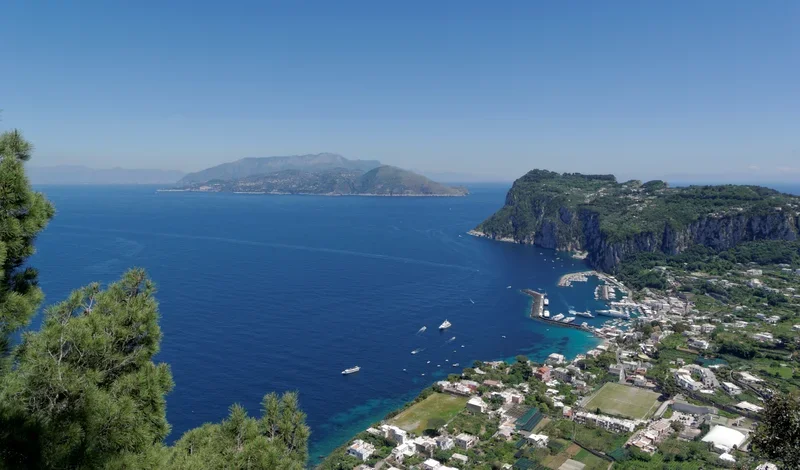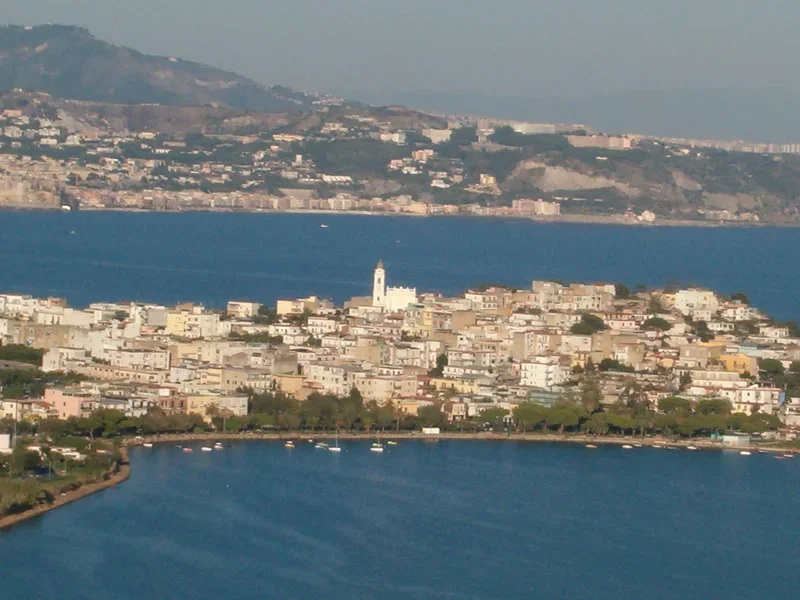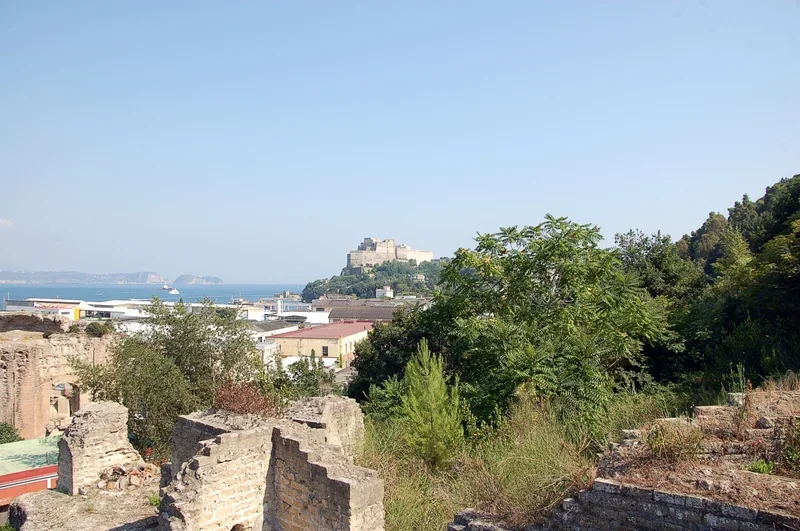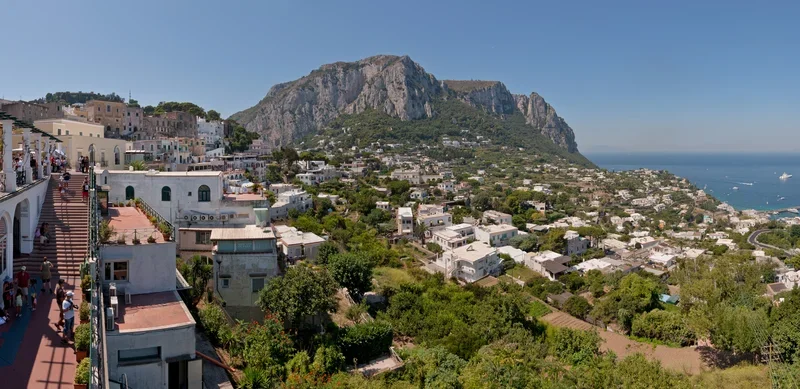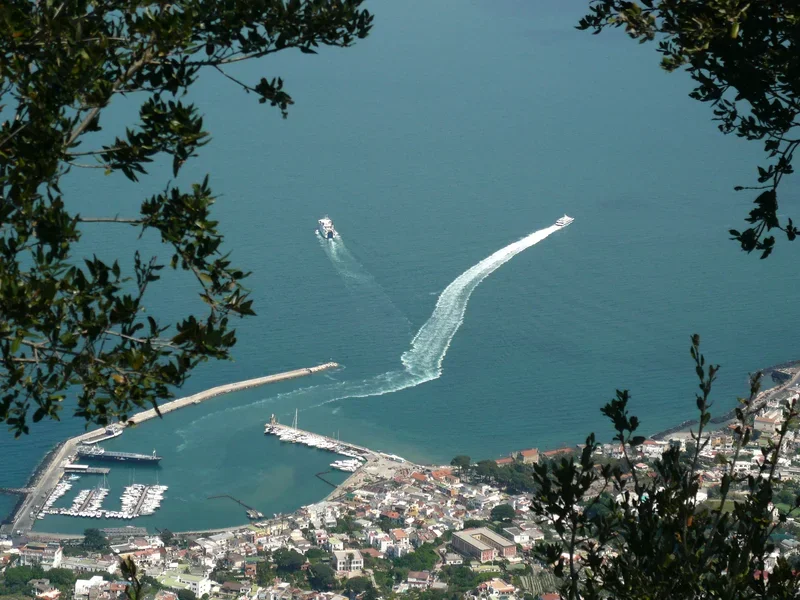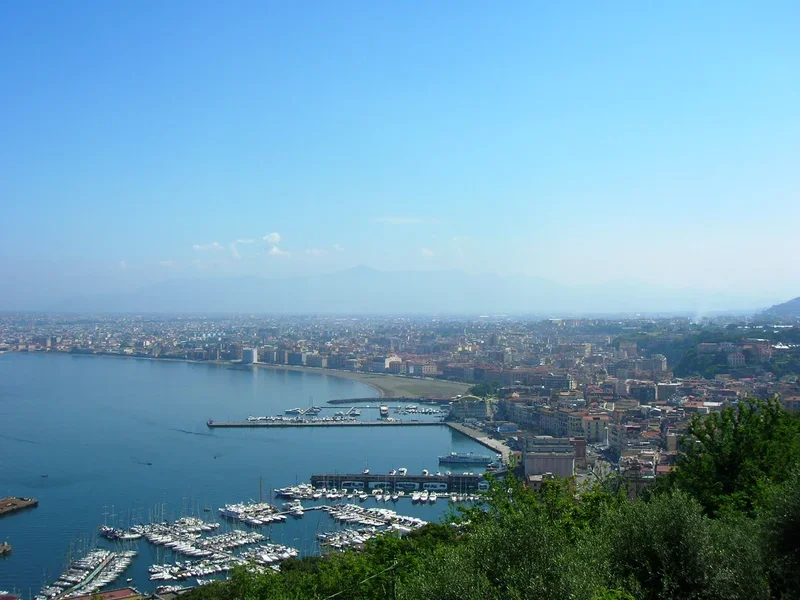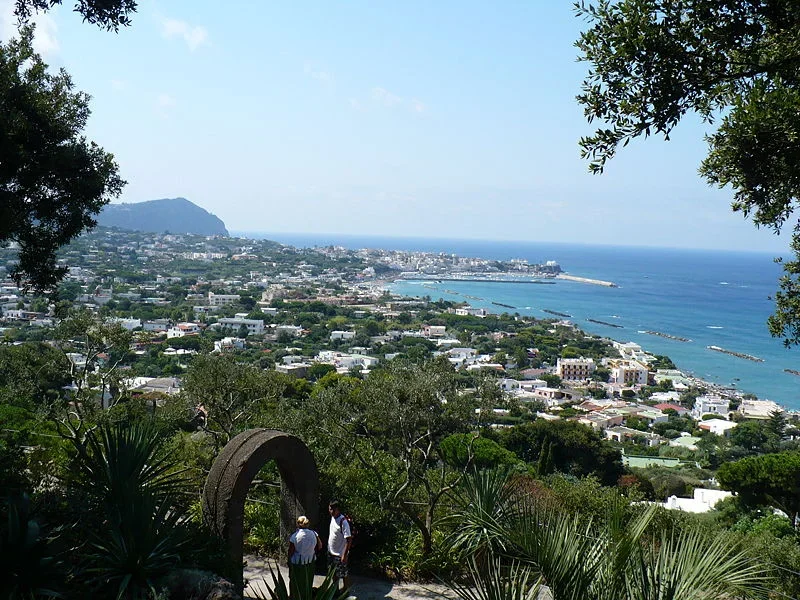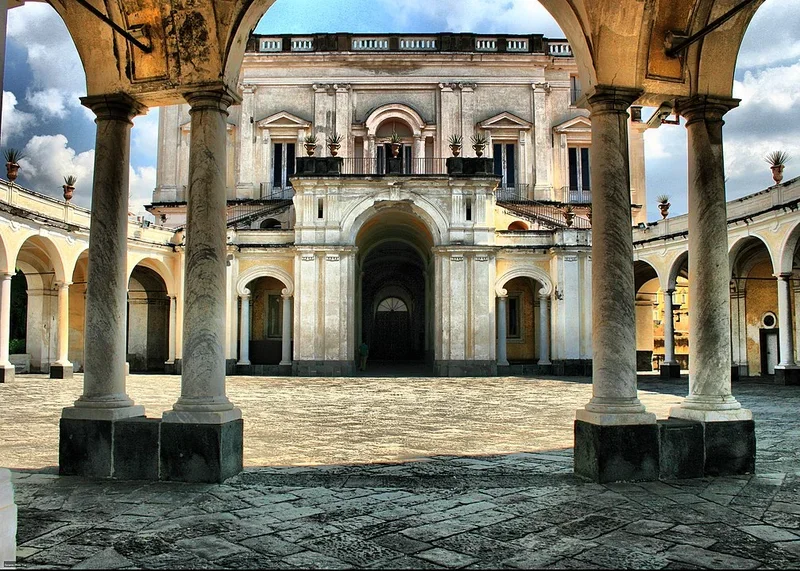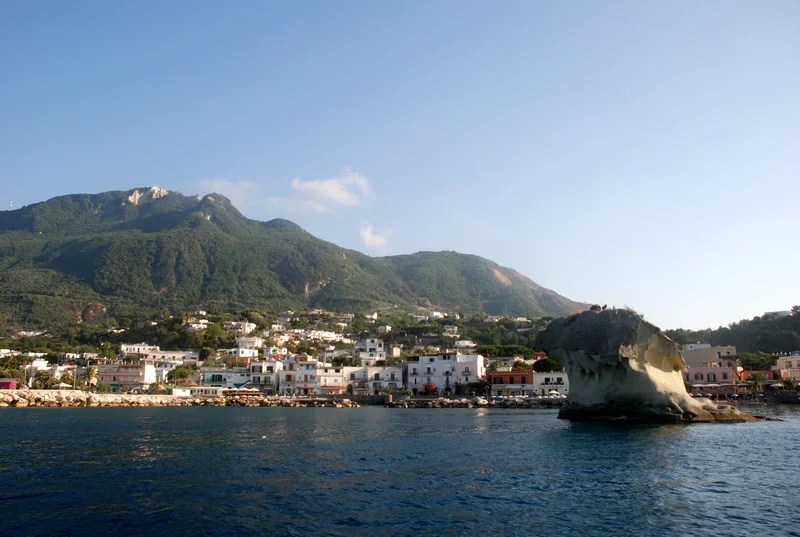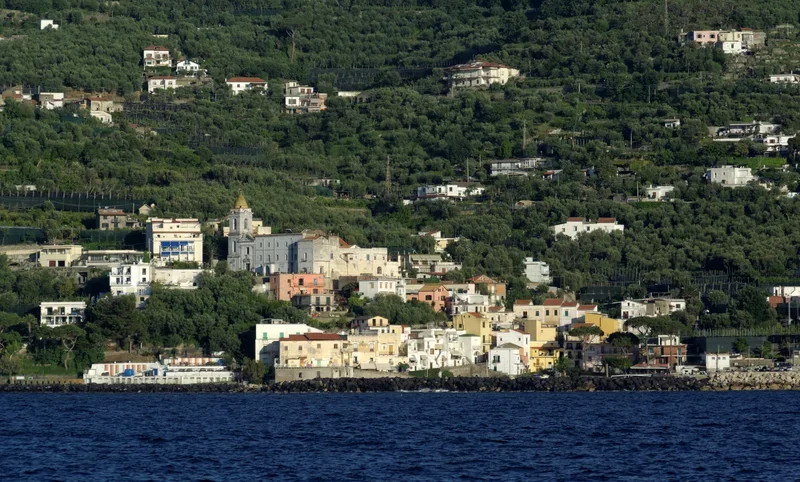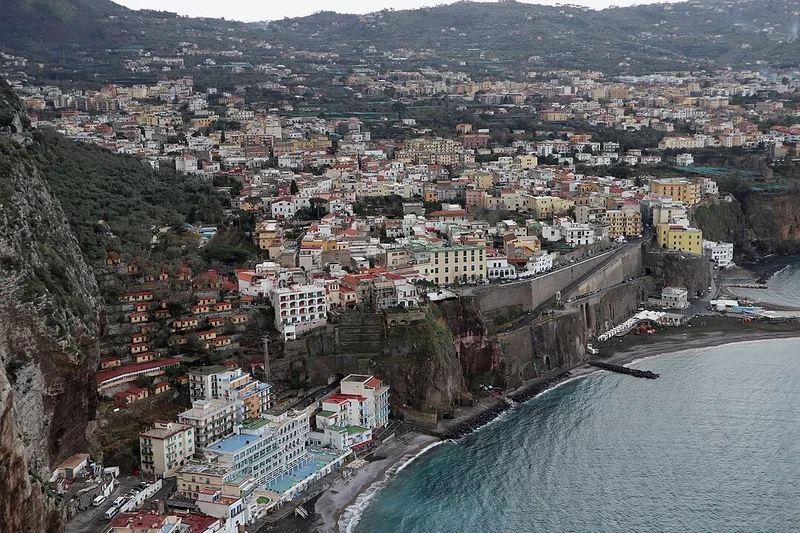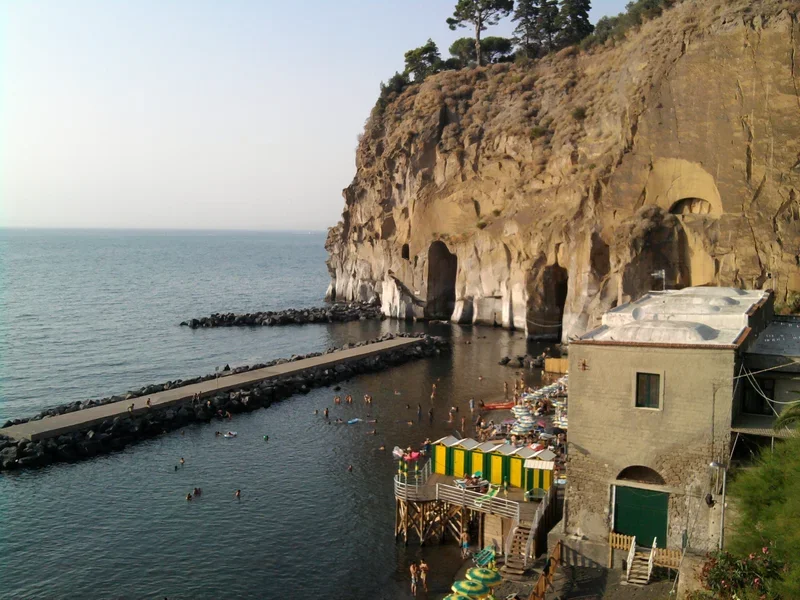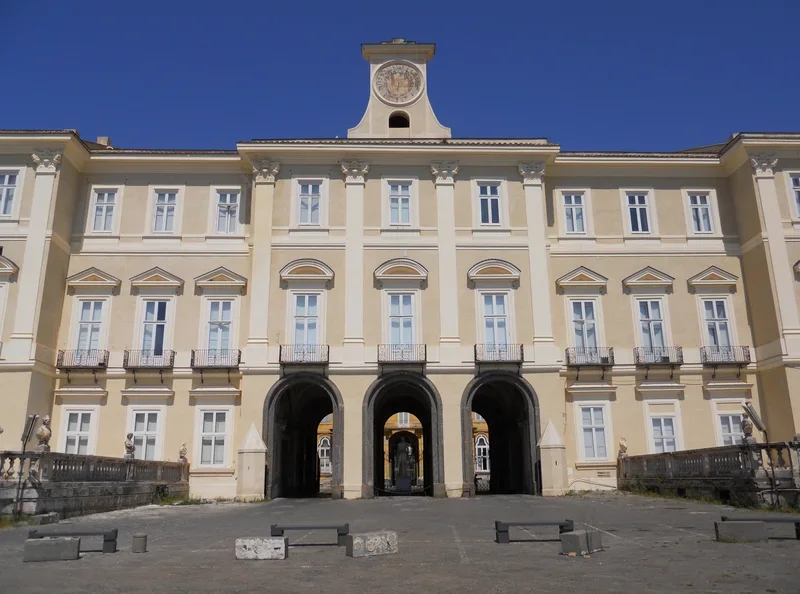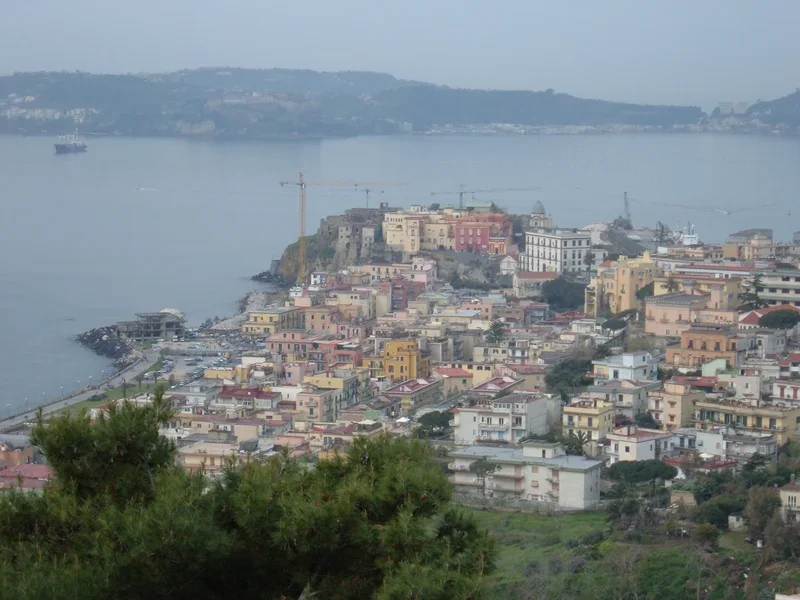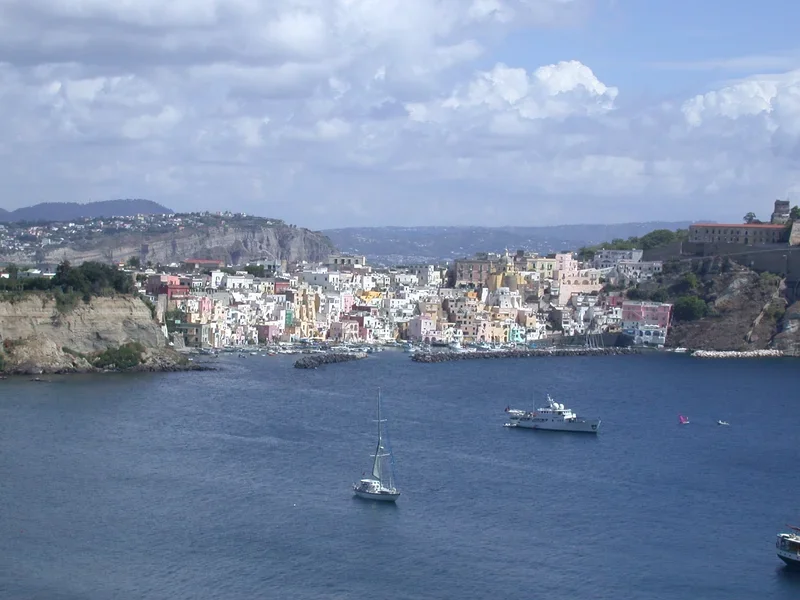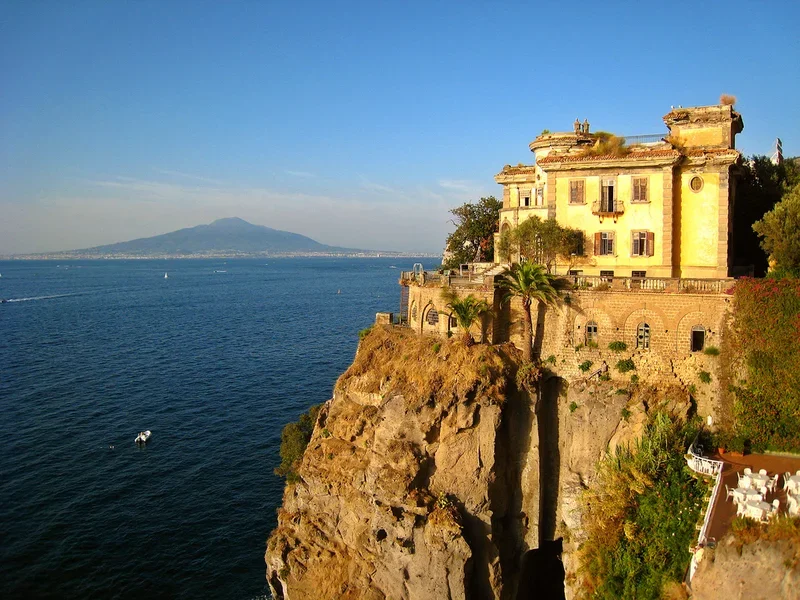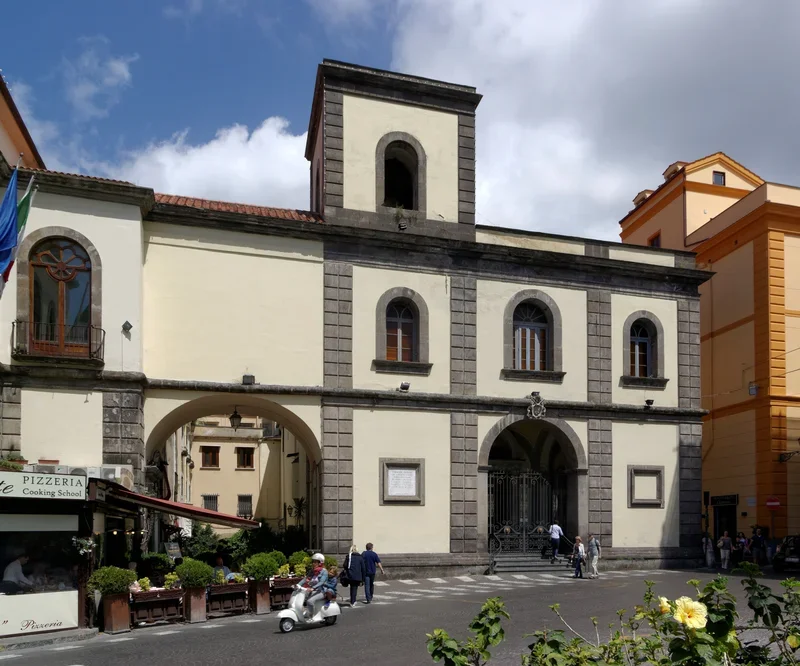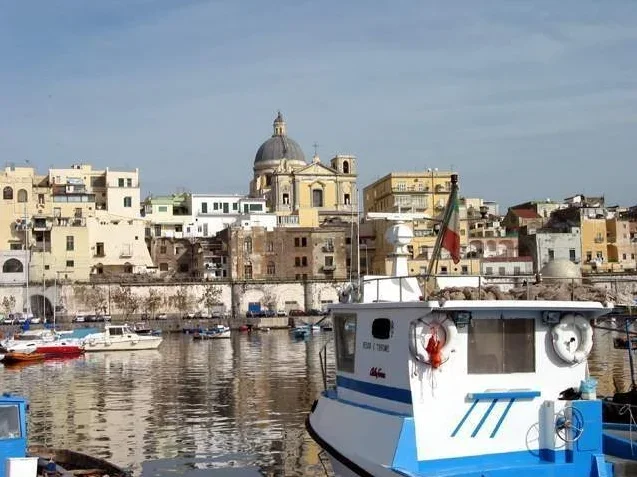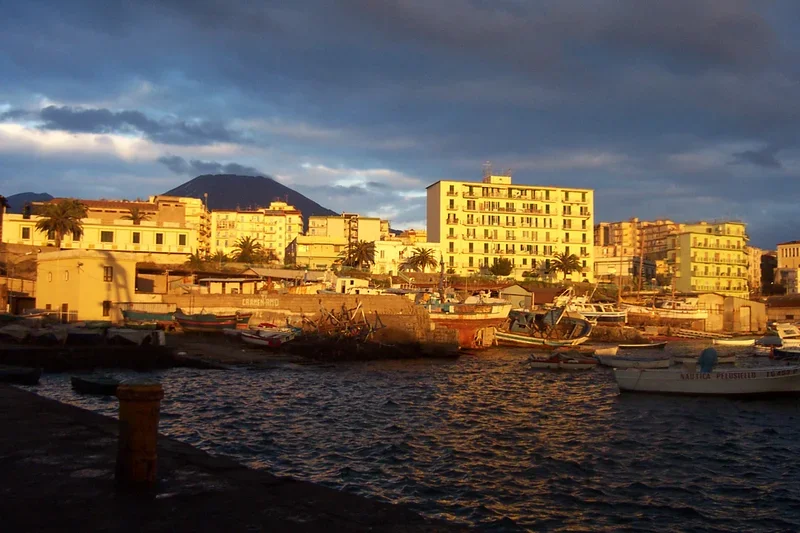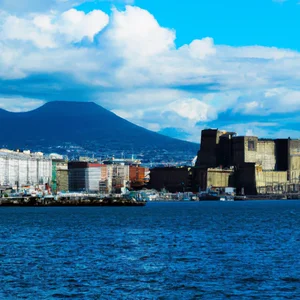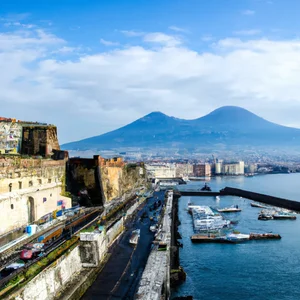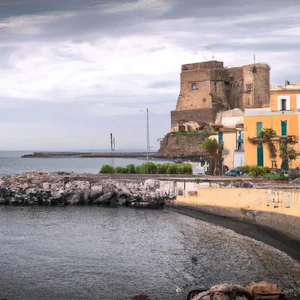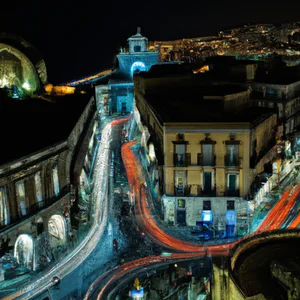Book your experience
Underground Naples
Napoli Sotterranea is a hidden treasure that winds beneath the lively streets and historic monuments of the city, revealing a fascinating and mysterious world that tells of centuries of history and culture. This vast network of tunnels, cisterns and ancient structures, dating back to different eras, offers visitors a unique opportunity to explore the lesser-known side of the city. In this article, we will delve into the meanders of Underground Naples, dividing our journey into ten salient points that highlight its richness and complexity.We will start with the history of Underground Naples, analyzing the origins of this extraordinary system and its development over the centuries. We will discover the architecture and materials used to build these spaces, which tell stories of ingenuity and adaptation. We will continue by exploring the historical uses of the subsoil, which has served multiple purposes, from water supply to defense during wars.The visit route will guide us through the main attractions, revealing fascinating legends and stories that make Underground Naples even more intriguing. We will not fail to consider the archaeological importance of these cavities, which preserve precious testimonies of the past. Finally, we will discover the special events and activities that animate this space, as well as providing practical information for visitors who wish to immerse themselves in this unique experience. Napoli Sotterranea is therefore a journey through time, an opportunity to see the city from a completely new perspective.
History of Napoli Sotterranea
Underground Naples is a fascinating labyrinth of tunnels, caves and cavities that extends beneath the city of Naples. Its history is complex and has its roots in antiquity, dating back over 2,500 years. Initially, the Greeks, who founded the city of Parthenope, used these natural cavities to extract tuff, a light and easily workable volcanic rock, which became fundamental for the construction of the city’s buildings.
As time passed, the underground system expanded and transformed into a real refuge for the population during wars and epidemics. During the Roman period, Naples was enriched with public works and infrastructures that interfaced with the subsoil, such as aqueducts and cisterns.
Over the centuries, Underground Naples has undergone numerous transformations, adapting to the needs of the population and historical vicissitudes. During the period of the Kingdom of Naples, the underground was also used as a refuge during the bombings of the Second World War.
Today, Naples Underground is an important tourist attraction and a symbol of the resilience of the city, which has been able to exploit and transform its subsoil into a unique and fascinating cultural heritage.
Origins and development of the system underground
The underground system of Naples has very ancient origins, dating back to Greek and Roman times. The first evidence of the presence of tunnels and underground cavities can be traced back to the 4th century BC, when the Greeks began to exploit the volcanic tuff present in the area to build the foundations of their homes and temples.
With the arrival of the Romans, the system was further expanded and perfected. During the 1st century AD, aqueducts and underground cisterns were built to ensure the city’s water supply. These structures, over the centuries, have transformed into a real network of tunnels that extends for kilometers below the surface.
In the Middle Ages, Naples’ underground system continued to develop, becoming a refuge for the population during epidemics and conflicts. These tunnels were also used as hiding places and escape routes, helping to give the city a strategic and defensive dimension.
Over the centuries, the various dominations and the needs of the population have led to continuous expansion and renovation of the underground system, which today represents an important testimony to the history and culture of Naples.
Today, Underground Naples is a fascinating journey through the centuries, which offers visitors the chance to explore a hidden world rich in history.
Architecture and materials used
The Naples Underground system is a complex set of tunnels, cavities and cisterns, which has developed over the centuries, reflecting the different needs of the city and the construction techniques of the time. Underground architecture is characterized by an eclectic combination of styles and materials, deriving from various historical eras.
Materials used
One of the main elements used in the construction of the Neapolitan subsoil is tuff, a light and easily workable volcanic stone, which lends itself well to the construction of tunnels and underground structures. The tuff was extracted from local quarries and used not only for the construction of the tunnels, but also for buildings and monuments visible on the surface.
In addition to tuff, bricks were also used, especially in the later phases of the city’s development, and marble for decorations and architectural elements. Cisterns, another key aspect of the underground system, are often lined with lime-based plasters, which help keep the water drinkable.
Architectural structures
The underground tunnels feature various architectural structures, including arches and barrel vaults, which allow the weight to be distributed efficiently. These construction techniques were adopted to guarantee the stability of the structures over time and to resist the pressures of the soil above.
Furthermore, cisterns for water collection, such as those located in the San Lorenzo area, are examples of advanced hydraulic engineering, designed to make the most of available water resources.
Cultural and historical influence
The architecture of the underground is not only functional, but also reflects the cultural and historical influence of the city. The different construction techniques used over the centuries show the evolution of engineering and artistic knowledge, making Napoli Sotterranea a place of great interest not only from a historical but also an architectural point of view.
Historical uses of the underground
The subsoil of Naples has had multiple uses over the centuries, reflecting the needs and transformations of the city. Since ancient times, the subsoil has been exploited for a variety of practical and strategic purposes.
Aqueducts and water supply
One of the most significant uses of the underground system was linked to the aqueduct. The ancient Greeks and Romans built a network of tunnels and cisterns to collect and distribute drinking water. These aqueducts, such as the famous Bull Aqueduct, were fundamental to the city’s water supply, especially in times of siege.
Shelters and shelters during conflicts
The subsoil of Naples has also been used as a refuge during conflicts. During the Second World War, for example, many people took refuge in tunnels to escape the bombings. These underground spaces offered a certain protection and security to the population.
Commercial and artisanal activities
In more recent times, the underground has seen the development of shops and artisan workshops. Various shops and commercial activities have found space in the tunnels, taking advantage of the thermal stability and darkness to preserve their products, such as wine and cheese.
Places of worship and spirituality
In the history of Naples, the underground has also hosted places of worship. Several churches and chapels were built in the tunnels, such as the Chapel of San Severo, which testify to the profound spirituality and veneration of the city towards its religious traditions.
Disposal functions
Finally, the underground system also served as a disposal system. The tunnels and cisterns were used for wastewater collection and rainwater drainage, thus helping to keep the city clean and functional.
In summary, the subsoil of Naples is not just a set of tunnels and tunnels, but a true witness to the history of the city, reflecting its needs and adaptations over time.
The visit route
The tour of Naples Underground is a unique experience that allows visitors to explore the vast system of tunnels and tunnels that wind beneath the city. The visit develops through an itinerary of approximately 90 minutes, during which you can admire different sections of the Neapolitan subsoil.
Access and reservations
It is advisable to book in advance, especially during the high tourist season. The visits take place in groups, with expert guides who tell the history and curiosities of the place. Access is via a staircase that leads to the entrance to Naples Underground.
The path
The journey begins with an introduction to the history of Naples and the importance of its subsoil. During the visit, participants pass through:
- Ancient tuff quarries: Here you can see the traces left by the extraction of the material used to build the city.
- Roman galleries: Original sections of the ancient aqueduct that supplied Naples with water.
- Ruins of historic buildings: Remains of ancient structures and sculptures that tell forgotten stories.
- Rooms used during the Second World War: Shelter spaces that offer a glimpse into the daily life of Neapolitans during the conflict.
Route conditions
The route is generally well maintained, but it is recommended to wear comfortable shoes suitable for walking on uneven surfaces. The temperature inside is cool, so it is recommended to bring a light jacket.
Conclusion of the journey
The visit ends in a dedicated area where visitors can ask questions and further explore the information received. Furthermore, it is possible to purchase souvenirs and information materials to take home a piece of Underground Naples.
Main attractions not to be missed
Napoli Sotterranea offers a unique and fascinating experience in the heart of the city. During your visit, there are some main attractions that you absolutely cannot miss:
1. The Roman Theatre
Discovered in the 1980s, the Roman Theater is an ancient theater that dates back to the 1st century AD. It is one of the most evocative places in Underground Naples, with a capacity of around 3,500 spectators. Its well-preserved structures offer an idea of how public events took place in ancient times.
2. The Catacombs of San Gennaro
These catacombs, dedicated to the city’s patron saint, are an extraordinary example of underground architecture. They date back to the 2nd century AD. and feature frescoes and historical tombs. It is a place of great spirituality and religious importance, as well as a testimony to the history of Naples.
3. The Sebeto Fountain
This fountain, located in the heart of the underground path, is an ancient water system that demonstrates the ingenuity of the ancient Neapolitans in managing water resources. It is an ideal place to reflect on the importance of water in the daily life of the city.
4. The air raid shelters
During World War II, part of the underground system was used as an air raid shelter. These spaces testify to the resilience of the Neapolitan population and offer a glimpse into life during the bombings. Visits to these refuges are a touching and significant moment.
5. The tuff quarries
The tuff quarries are another unmissable attraction, where you can see the stones used to build many of Naples’ monuments. These cavities, dug into the volcanic rock, offer a unique experience and a spectacular view of the tuff extraction techniques.
In summary, Napoli Sotterranea offers a variety of historical and cultural attractions that tell the thousand-year history of the city. Every corner of the Neapolitan subsoil is full of meaning and deserves to be explored with attention and curiosity.
Legends and fascinating stories of Underground Naples
Underground Naples is not only a labyrinth of tunnels and cavities, but it is also a place full of legends and stories that fascinate visitors. These narratives are intertwined with the history of the city and contribute to creating a unique and mysterious atmosphere.
The ghost of Naples
One of the most famous legends is that of the ghost of Naples, known as “The Nun of Monteleone”. His spirit is said to wander the underground corridors, seeking revenge for a life of suffering and injustice. Visitors say they felt his presence, with strange shivers and cold gusts of air.
The treasure of the Neapolitans
Another legend tells of a hidden treasure in the subsoil of Naples, left there by nobles during times of war. This treasure would be composed of gold and jewels, and it is said that whoever manages to find it will be blessed with luck and prosperity. Many explorers and adventurers have tried to uncover the secret, but no one has ever returned with concrete evidence.
The lost souls
The souls of the deceased, according to tradition, find refuge in the depths of the city. It is said that during full moon nights, the souls of those who did not have a proper funeral wander in the darkness, seeking peace. Some visitors have reported hearing whispers and moans as they wandered through the galleries.
The cult of San Gennaro
The figure of San Gennaro, the patron saint of Naples, is central to local legends. It is said that, during an eruption of Vesuvius, the saint appeared underground to protect the city. Neapolitans believe that his presence continues to watch over their lives, and many of the underground stories are linked to the miracles and intercessions of San Gennaro.
These legends not only add a touch of mystery to Naples Underground, but also enrich the visitor experience, making the journey underground an unforgettable adventure.
Archaeological importance
Underground Naples represents one of the most significant archaeological heritages in Europe. The network of tunnels, caves and cavities that extends beneath the city is the result of centuries of human activity, spanning from Greek times to the present day. This underground system offers a unique insight into the history of the city and its development.
Archaeological findings
Numerous archaeological discoveries have been made inside Naples Underground, which testify to the daily life of its ancient inhabitants. The excavations revealed remains of Greek and Roman structures, such as cisterns, theaters and thermal baths, as well as everyday objects, ceramics and utensils.
A journey through time
Visiting Underground Naples means undertaking a journey through time, through the centuries and the different civilizations that have inhabited the city. Each layer of land tells a story, from the Greeks who founded Neapolis, to the Romans who transformed it into an important commercial center, up to the medieval Neapolitans and moderns who continued to use and modify the subsoil.
Conservation and research
The conservation of Naples Underground is of fundamental importance for archaeological research and for understanding the urban history of Naples. Scholars and archaeologists continue to work to explore and document this heritage, helping to preserve the city’s historical memory for future generations.
Special events and activities
Napoli Sotterranea is not only an open-air museum, but also offers a series of special events and activities that enrich the visitor experience. These initiatives are designed to engage and fascinate participants, allowing them to deepen their knowledge of the history and culture of the underground city.
Thematic guided tours
The thematic guided tours are one of the most popular events. These visits can focus on specific aspects of Naples’ history, such as the world wars, daily life underground or the ancient history of the city. The expert guides offer stories and anecdotes that make the visit even more engaging.
Seasonal events
During the year, Napoli Sotterranea organizes seasonal events that celebrate local holidays, such as Christmas or Carnival. These events may include live performances, art installations and interactive activities for all ages.
Workshops and activities for families
For families, there are interactive workshops and activities that allow children to explore the underground in a fun and educational way. These activities may include science experiments, scavenger hunts, and archeology workshops.
Theatrical and musical performances
On some occasions, Napoli Sotterranea hosts theatrical performances and concerts which take place in the evocative context of the underground tunnels. These events offer a unique experience, combining art and history in an extraordinary setting.
Night visits
The night visits are another attraction not to be missed. These visits, often lit by torches, offer a mysterious and fascinating atmosphere, allowing participants to discover the underground of Naples from a completely new perspective.
Participating in these events not only enriches the visitor’s experience, but also offers a unique opportunity to learn about the culture and history of Naples in a special and evocative context.
Practical information for visitors
Opening hours
Napoli Sotterranea is open to the public every day. Hours may vary depending on the season, but generally opening is from 9:00 to 7:30. We recommend checking the official website for any updates.
Ticket prices
The cost of the entrance ticket is approximately 10 euros for adults. Discounts are available for students, groups and families. Children under 12 years can enter for free.
Visit methods
It is possible to visit Underground Naples only with a guide. Tours are available in different languages and last approximately 1 hour and 30 minutes. It is advisable to book in advance, especially during periods of high tourist influx.
Accessibility
The route has some limitations for people with reduced mobility. It is advisable to contact the staff for specific information on accessibility and any alternative routes.
How to get there
Napoli Sotterranea is located in the center of Naples, a few steps from the Toledo metro station. It is also easily reachable on foot from other tourist attractions. Public transport and taxis are also available.
Useful tips
We recommend wearing comfortable shoes, as the route can be uneven and slippery in some sections. It’s helpful to bring a light jacket, as temperatures underground can be cooler than outside. Don’t forget to bring a bottle of water and a camera to capture the best moments!

